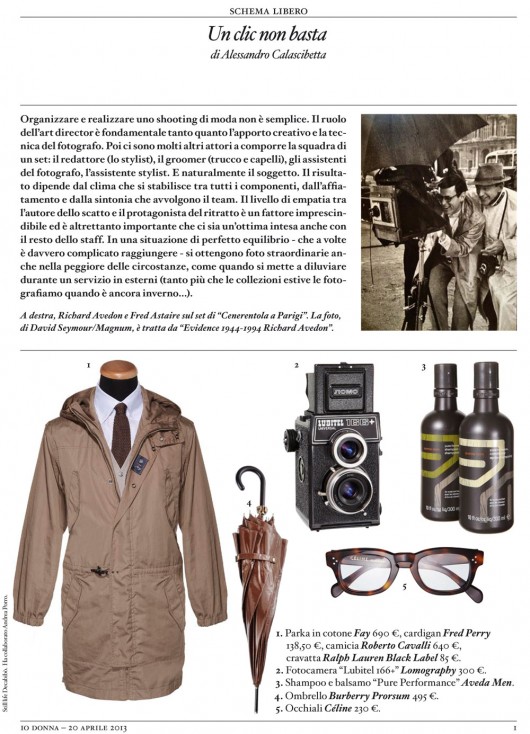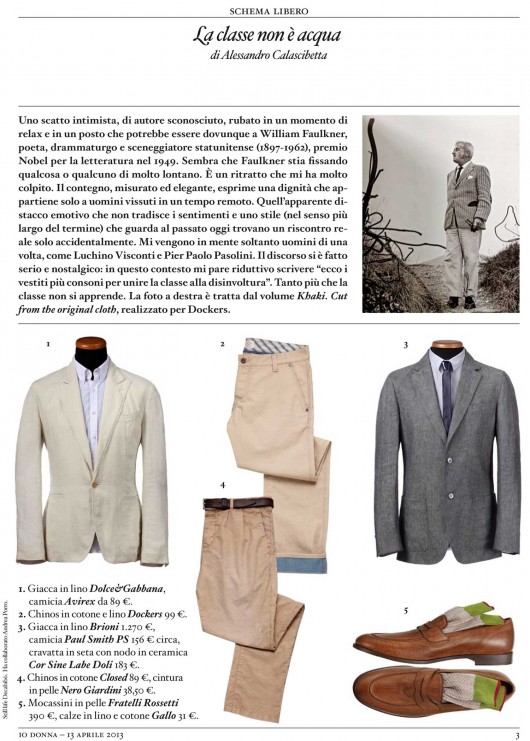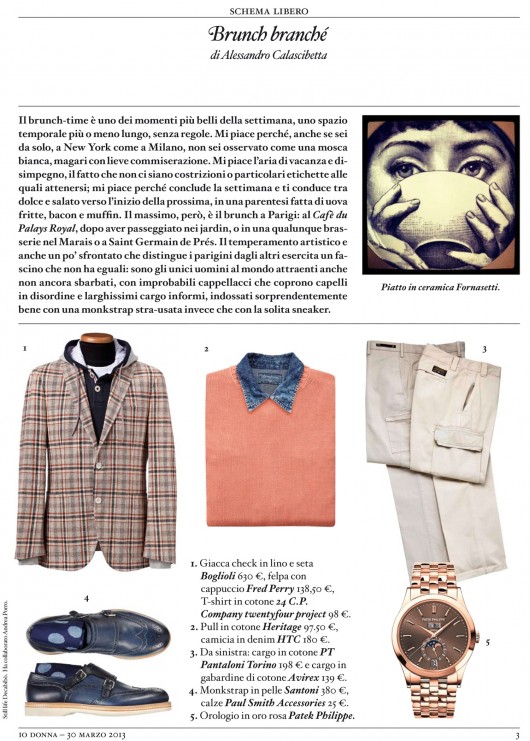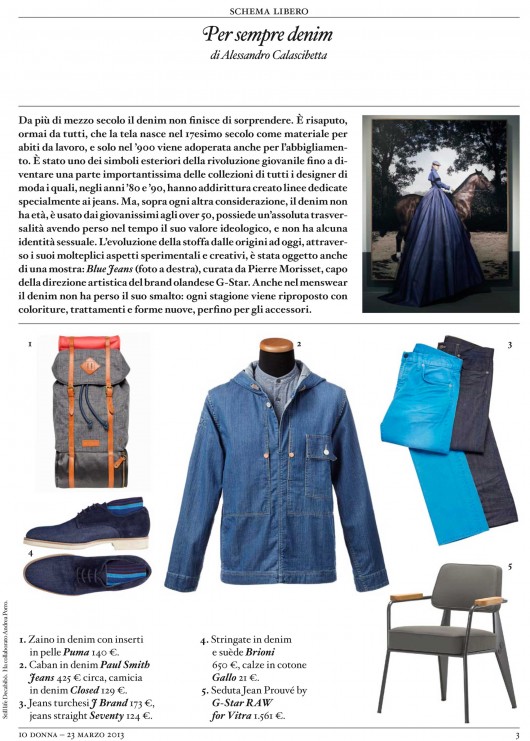SCHEMA LIBERO CAMPIONI DI ELEGANZA
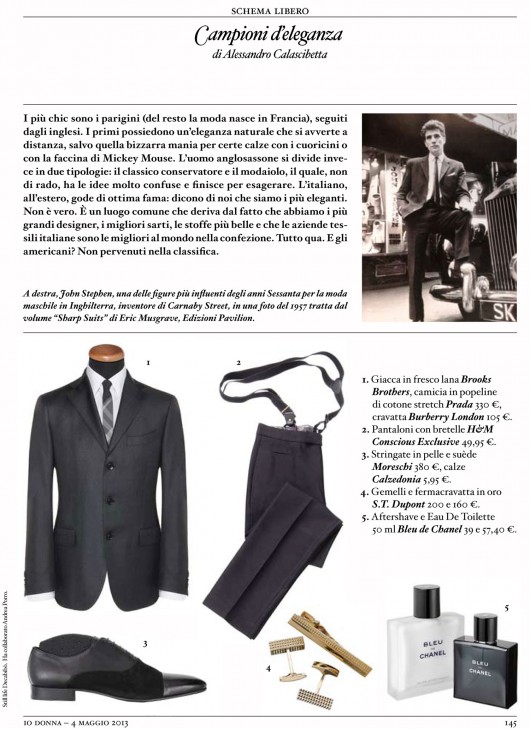
The classiest ones are the Parisians (fashion was born in France after all), followed by the English. Parisians are naturally elegant, it’s perceivable from a distance… a part from the odd habit of wearing socks with little hearts or Mickey Mouse’s face printed on them. English men fall into these two categories: the classic-conservative and the trendy, The trendy ones are often confused about fashion and they end up overdoing it. Italians have a good reputation abroad, they say we are the most elegant. It’s not true, it’s only due to the fact we’ve got the greatest designers , the best tailors, the most beautiful fabrics, besides italian textile industies are top manufacturing companies.That’s all. What about Americans? They are not on the list. On the right John Steven in 1957, one of the most influential figures within the British menswear industry of the 60s and inventor of Carnaby Street, picture from the volume “Sharp Suits” by Eric Musgrave – Edizioni Pavillion.





